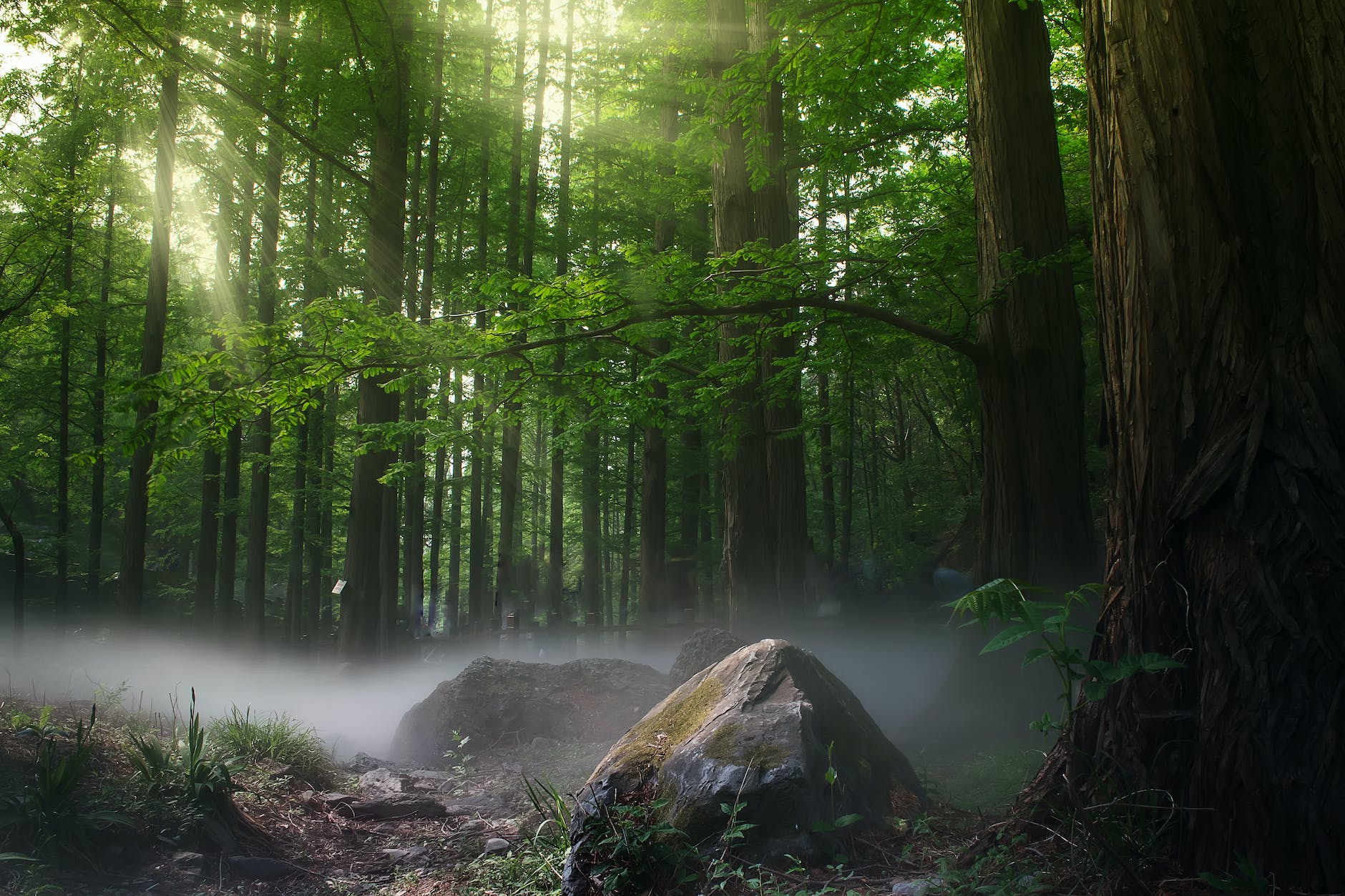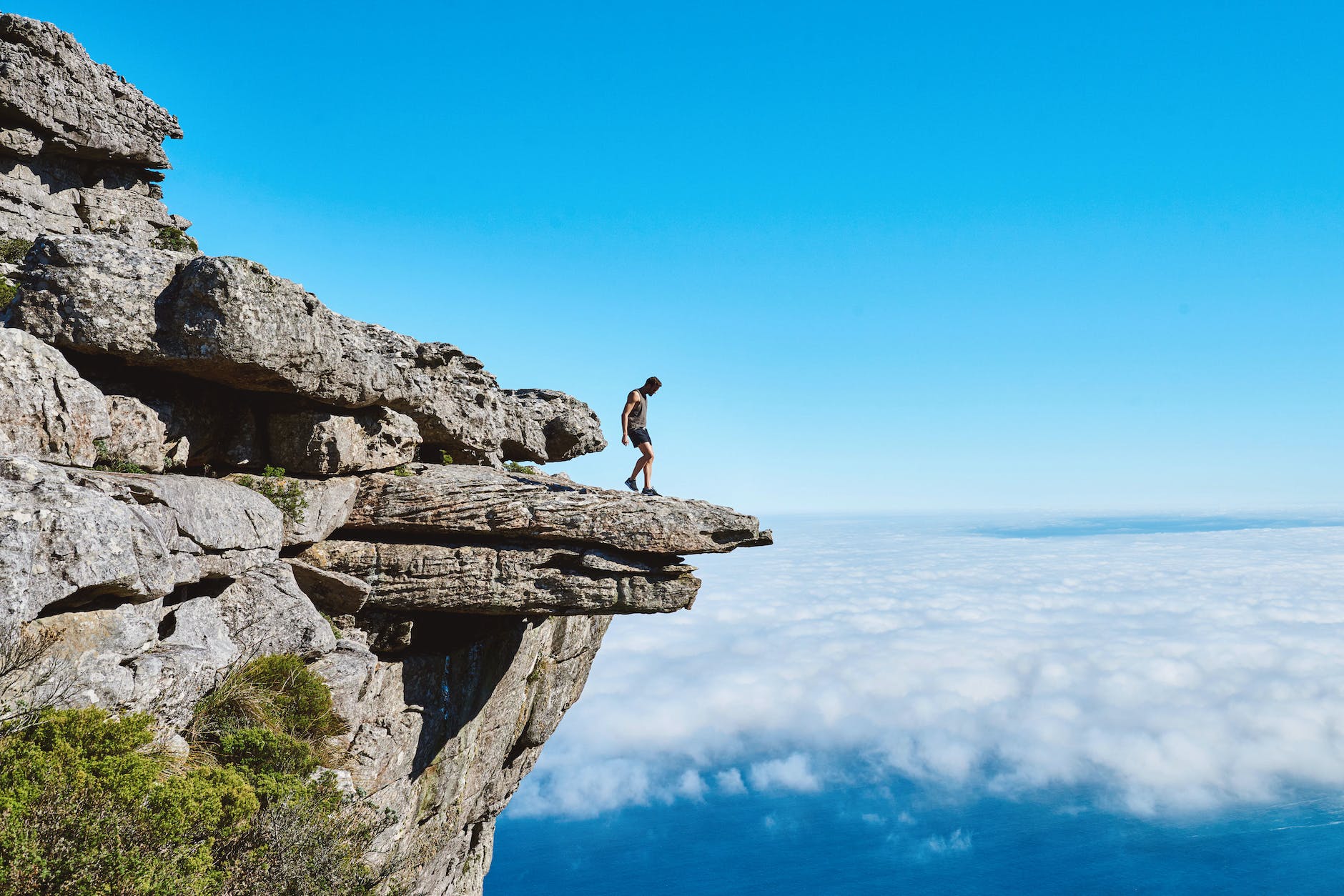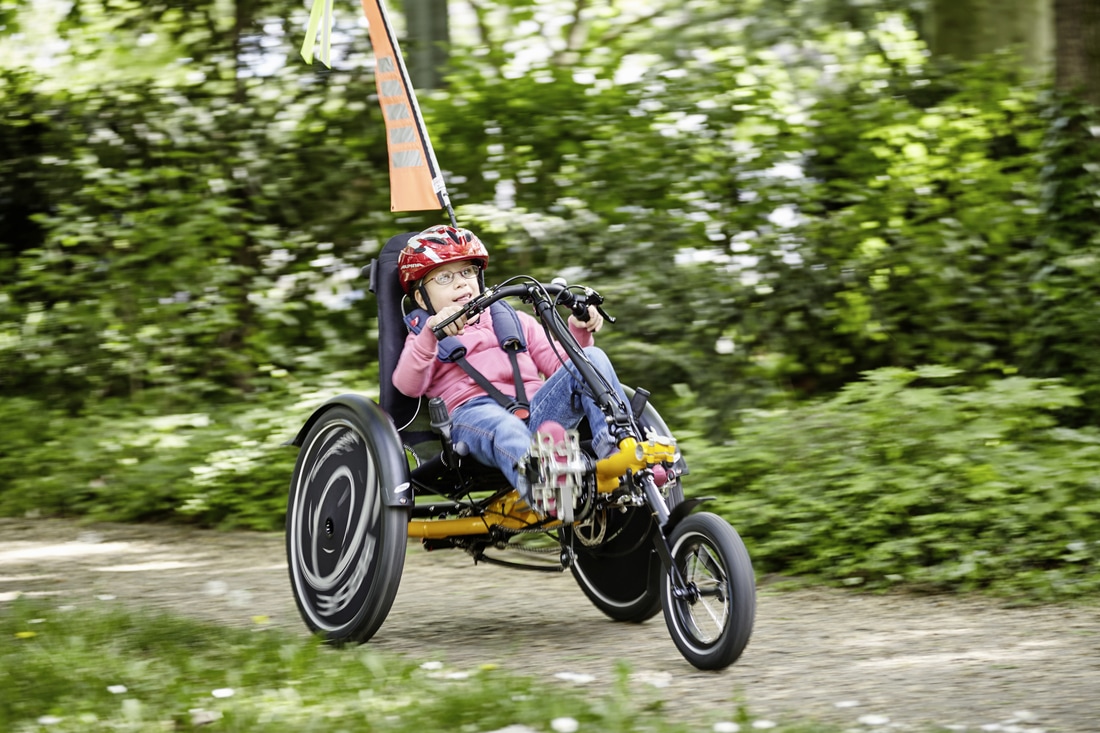
Have you ever had that funny feeling where you have the shape of an idea in your head? A notion, or maybe the thread of an idea. Not yet fully formed, but it’s there. You know the rough shape of it in your brain, but don’t have the words to describe it to others.
That’s how I felt for a long time around what animism is really about.
When reading articles describing it, it’s often as the belief or idea of ascribing sentience or personhood to inanimate objects. Whenever I would read that, it felt fundamentally wrong. That’s not really what it was in my head. That didn’t fit the shape and my experiences held in my brain. It’s not viewing everything as another kind of human. I don’t think trees and rocks are human minds in tree and rock suits. Rocks don’t have feelings, trees don’t get anxiety about the future. But I couldn’t put words as to why. What was the big missing description, the missing words I was needing?
The answer was given when I read Braiding Sweetgrass by Robin Wall Kimmerer. The book is a dive into Kimmerer’s experiences as a member of the Potawatomi Nation in the field of biology. Comparing, contrasting, and marrying the traditional teachings and philosophy of the Potawatomi people with scientific attitudes and methods.
And an ongoing theme of the book finally put words around the idea of animism in my head I lacked: Relationships.
Animism is about Relationships.
It is about gaining the understanding that the world is built on relationships, and all other things are entities deserving of consideration and respect. They are not just objects to be used or rejected. They are not resources to be consumed without reciprocity.
And I think this is an important concept to be held within Solarpunk when we talk of building the futures we wish to see, both in fictions and in the world. It becomes a lot harder to mistreat the environment and damage it when you see it for what it really is: a web of relationships you are part of. Things are not just resources to be extracted, they are things deserving of consideration. And if you mistreat the surrounding entities, be they animal, vegetable, or mineral, you are hurting the web of relationships upon which you rely.
In Brading Sweetgrass, there is a particular chapter on the author’s difficulty trying to learn the Potawatomi language as an adult. A large difference from English is how things are not talked about or described in an object action format. Instead, much of the language is describing entities in states. The example given in the book is instead of saying “I’m going to the creek” you would say “I’m going to where the water is being the creek”.
It’s built into the language that everything is talked about as an entity in a state.
When conceptualizing a solarpunk world, be it for fiction or a future we want to see, we rarely consider how language will change to reflect changing attitudes to the world around us. In what terms will we talk about our environment, embed how we see it. How we consider it, and so how we treat it.
There are already real world examples of this mindset being used to enshrine ecological protection. Two rivers, the Mutuhekau Shipu river in Canada and the Whanganui in New Zealand, have made headlines after being granted personhood as part of efforts to protect them through legal systems. There are many other efforts like this across the globe to challenge the object and ownership model embedded in current legal systems and to introduce a rights based viewpoint of the environment being made up of entities with fundamental rights just like humans have.
Now, so far I have talked about this in terms that are relatively material, and that may surprise those of you who were here to read an essay on the spiritual side of Solarpunk.
This isn’t a contradiction of terms. For me, the spiritual dimensions of things are an emergent property of the material world. The profound sense of connectedness being an animist has brought me is deeply spiritual in nature.
Learning to perceive the connections and cycles of reciprocity between human, plant, animal, and land led to me feeling more connected to all of them in a way that is hard to articulate, and my behaviour changed along with it.
I can no longer go for a walk round my local woods without actively picking up all the litter, because after all the woods have given me, it would be rude and unneighbourly to not actively help out with the issues affecting the wood in turn.
I do wonder: if we once again started to collectively take a more animist mindset, how much would naturally change from simply how we would inherently think of how our actions affect others?

Craig is a London based daydreamer who loves to speculate. His various essays and musings can be found at solarpunkdruid.com, and he has been published as part of the Almanac for the Anthropocene: A Compendium of Solarpunk Futures.





